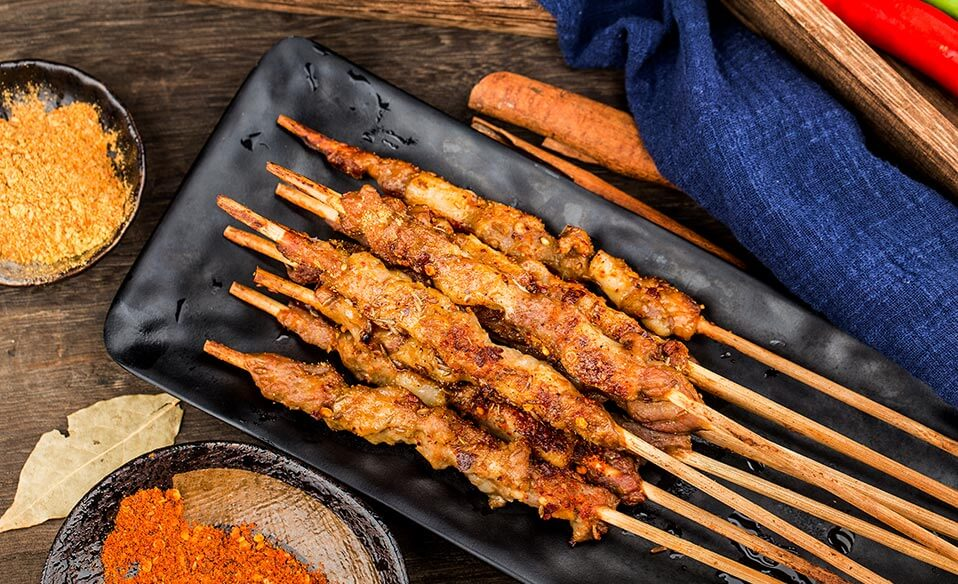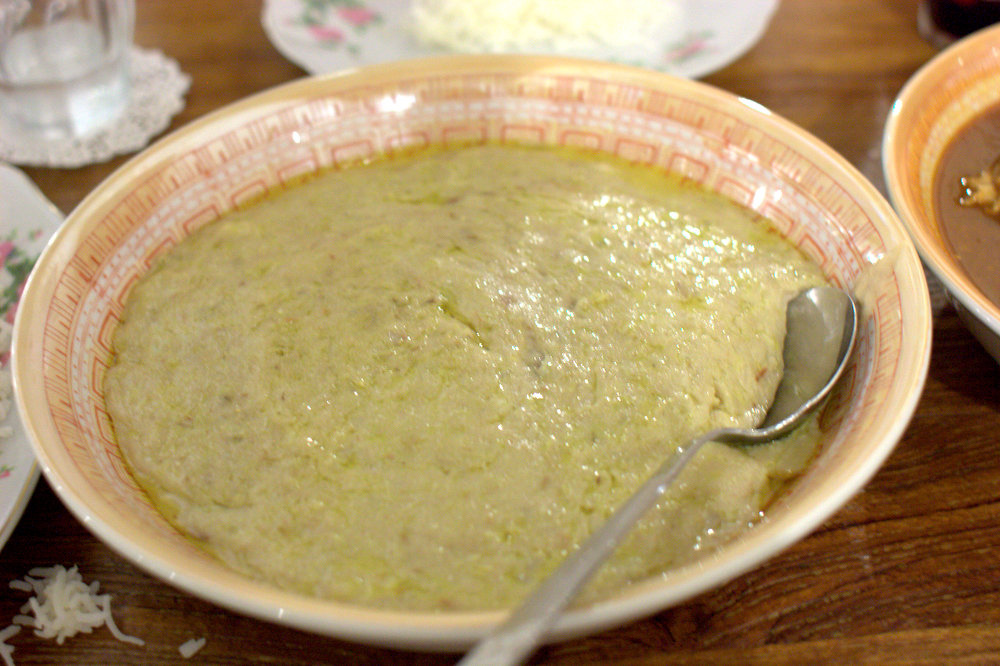Oman’s Street Food Culture is more than just a way to eat; it’s a flavorful journey into the heart of local life. While the country is widely known for its rich traditions and scenic beauty, few tourists fully explore the streets of Muscat, Salalah, or Nizwa for their mouth-watering street delicacies. The culture of street food in Oman is vibrant, deeply rooted in its heritage, and growing in popularity among travelers who crave authentic local experiences.
From seafood-infused dishes along coastal areas to spicy meat skewers in the mountains, the street food culture in Oman offers a delightful variety for every palate. Here’s a deeper look into Oman’s Street Food Culture, featuring some of the best-hidden gems that deserve your attention.
1. Mishkak – The Star of Omani Grills

Mishkak is perhaps the most well-known dish in Oman’s Street Food Culture. These skewered meat pieces, usually made from beef, chicken, or lamb, are marinated with a blend of Omani spices and grilled over open flames. The smoky aroma alone draws crowds.
You’ll find mishkak sellers outside mosques, parks, and busy streets, especially during the evenings. Served with khubz (Omani bread) or rice, mishkak is both filling and inexpensive, making it a favorite among locals and tourists.
2. Rakhal – Omani-Style Savory Pancake
Rakhal is a soft, paper-thin bread that resembles a pancake but carries the rich taste of Omani tradition. Vendors typically cook it on a flat iron pan and serve it with fillings like cheese, honey, or meat. Some add Nutella or eggs to appeal to modern tastes.
Popular in morning markets and near coastal towns like Sur, rakhal is a delicious breakfast or midday snack. Its versatility makes it one of the hidden delights in Oman’s Street Food Culture.
3. Shuwa Sandwich – Tradition in a Bun
Shuwa is a traditional Omani dish prepared during festivals by slow-cooking marinated meat underground for up to 48 hours. However, street vendors have now adapted this delicacy into a quick and convenient shuwa sandwich.
Available in Muscat’s Muttrah Souq and near college campuses, these sandwiches offer a blend of spice, tenderness, and local flair that tells the story of Omani heritage in every bite. If you want to enjoy traditional food fast, this is your go-to option in Oman’s Street Food Culture.
4. Omani Halwa – Sweet and Spicy Dessert
Street food in Oman isn’t just about savory delights. The famous Omani halwa offers a sweet ending to your street food trail. Made with rose water, saffron, cardamom, and nuts, this jelly-like dessert is both luxurious and widely available.
You can spot street vendors selling halwa in small, reusable containers, especially in Nizwa and Sohar. A must-try for dessert lovers, Omani halwa is a staple of Oman’s Street Food Culture.
5. Samak Mashwi – Grilled Fresh Fish
Thanks to Oman’s long coastline, seafood plays a key role in local food culture. Samak mashwi, or grilled fish, is freshly caught and seasoned with lemon, garlic, and Omani spices. Vendors cook it on open coals, adding an irresistible charred flavor.
This dish is often served with spicy rice or flatbread. You’ll find the best samak mashwi near fishing harbors in Salalah and Sur, where freshness and tradition meet on every plate.
6. Karak Chai – The Drink That Keeps Oman Running
While technically a drink, no guide to Oman’s Street Food Culture is complete without mentioning karak chai. This strong, spiced tea with milk and sugar is an essential part of daily life for many Omanis.
Served hot in small paper cups, karak chai stalls are everywhere—from highway stops to city corners. Locals often pair it with rakhal or biscuits, making it a comforting and cheap treat at any time of day.
7. Harees – A Seasonal Street Favorite

Though traditionally eaten during Ramadan and Eid, harees occasionally appears as a street food option in Oman’s cooler months. This wheat and meat porridge is slow-cooked and served hot, offering warmth and flavor.
Some modern street stalls now sell small servings of harees in takeaway cups, bringing this festive dish to everyday streets. If you’re visiting Oman in winter or around religious holidays, don’t miss this warming gem from Oman’s Street Food Culture.
Why You Should Explore Oman’s Street Food Culture
Oman’s Street Food Culture offers something more than just food—it’s an experience. Whether you’re a tourist on a budget or a food lover seeking authentic flavors, the street food scene gives you access to the heart of the country without entering fancy restaurants.
Prices are affordable, portions are generous, and hygiene is improving as local vendors adapt to rising tourist interest. Many vendors also speak basic English or use pictures, so even if you don’t speak Arabic, ordering is easy.
Moreover, each region offers its own twist. For instance, coastal towns focus more on seafood, while interior cities highlight meat-based dishes. This regional variety makes exploring Oman’s Street Food Culture a journey in itself.
Final Thoughts
In recent years, more travelers are realizing that the true taste of Oman lies not in five-star hotels but on its vibrant streets. With its mix of ancient recipes, modern twists, and passionate local vendors, Oman’s Street Food Culture is becoming one of the most exciting food experiences in the Gulf.
Next time you visit Oman, skip the fancy menu and follow the smoke, the scent, and the crowd—you’ll discover hidden gems that not only fill your stomach but also tell a story of Omani tradition, hospitality, and flavor.
Also Read – 10 Delicious Traditional Omani Foods Every Tourist Must Try



